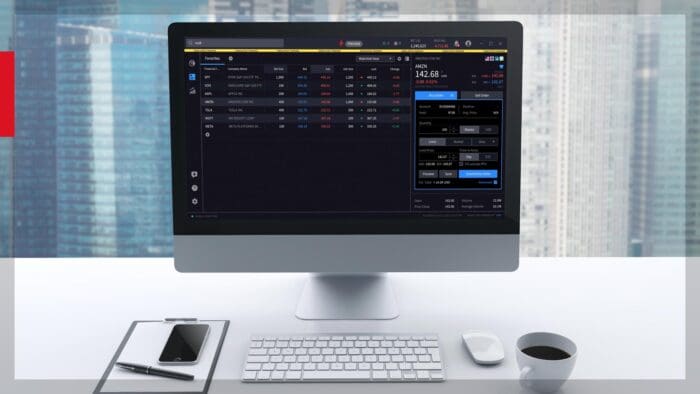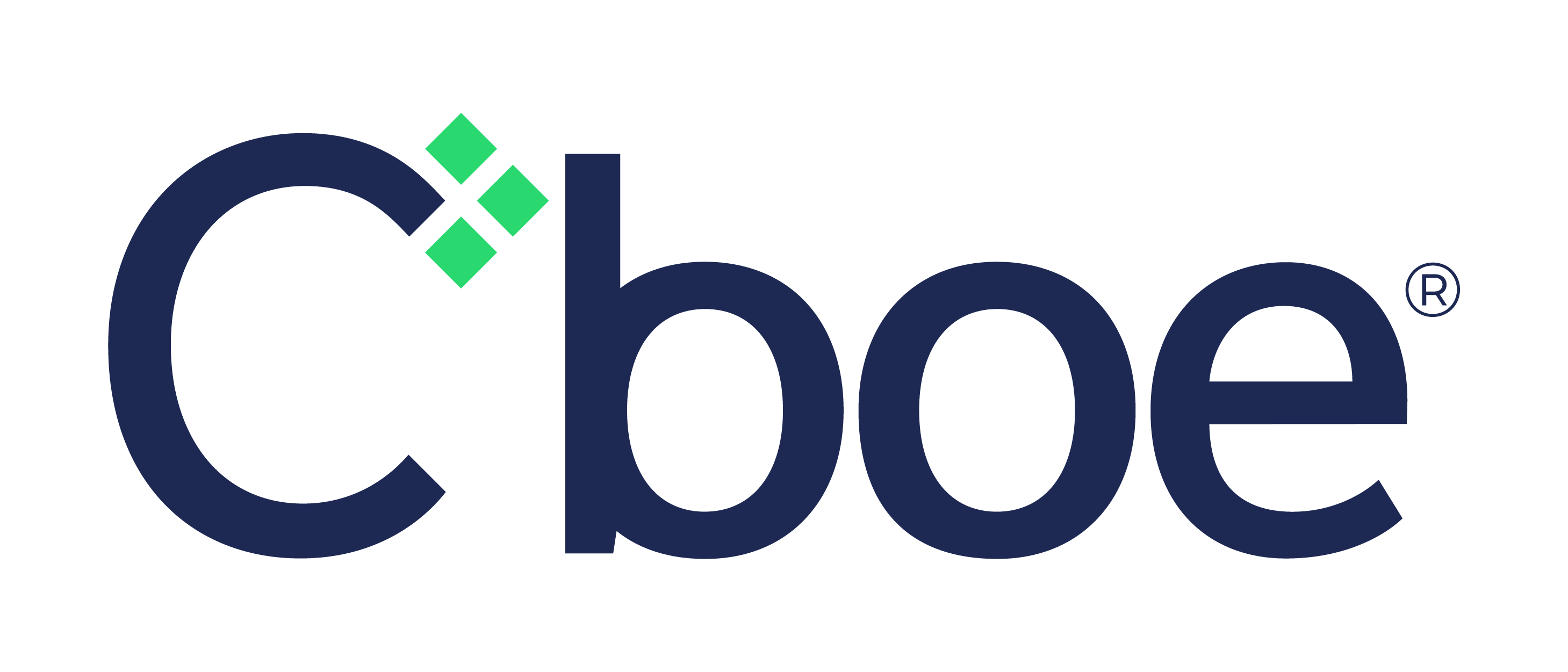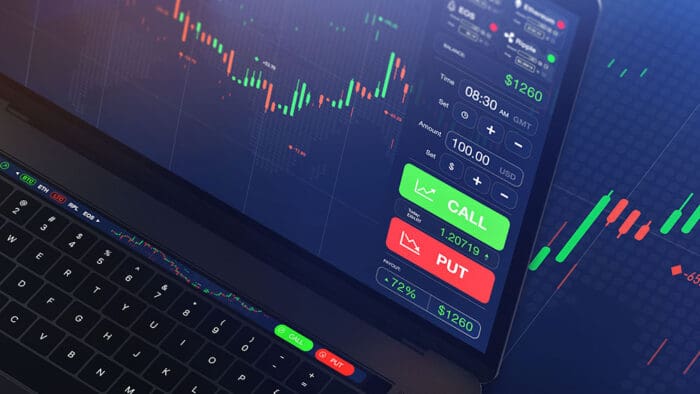Originally Posted, 23 May 2024 – How do economic surprises impact the yield curve?
In this insight, we examine the way significant deviations from the consensus in economic data releases can influence markets, and how economic surprises affect the yield curve, observing interesting correlations and differences in market movements. We discuss:
- How economic surprises impact the US yield curve in connection with its tenor dependency.
- The most influential indicators and which maturities have a larger impact on the yield curve.
- What really moves the markets through our wider series focussing on Economic surprises. To discover more, access our white paper and the first blog.
It is widely known that markets can be influenced by economic data releases that deviate significantly from consensus. In our previous paper, ‘Economic Surprises: What Really Moves the Markets‘, we demonstrated that the extent of this influence is contingent on the specific economic indicator and the market type (FX, equity, or fixed income). In that study, we examined the impact of US economic surprises on the JPY/USD exchange rate, the price of 10-year US government bonds and the S&P 500 E-Mini index. The focus of this paper is to explore how economic surprises affect the US yield curve, specifically the 2-, 5-, 10-, and 30-year tenors. Notably, the yield of the 10-year tenor is of significant interest due to its strong correlation with mortgage rates.
Figure 1 provides an example of market impact, illustrating the response of the 10-Year US government bond price to a substantial positive surprise in US nonfarm payroll. On December 2, 2022, the actual figure was released at 8:30 am ET, reporting a value of 263.0, which resulted in a surprise of 63.0. This figure, which was 63.0 higher than anticipated, triggered a significant drop in the bond price. An increase in employment beyond expectations could imply higher anticipated inflation, leading to a rise in bond yields. As evidenced, the bond market’s reaction was instantaneous, with the price of the 10-year US government bond immediately dropping by approximately 1%.
Figure 1: 10-Year US government bond price as a function of the time on 12/2/2022

Past performance is not indicative of future results
To analyse the impact of an indicator in response to an economic surprise, we initially calculated the change in bond price within a 5-minute window surrounding the indicator release. We then categorised the actual surprises into five quintiles and measured the average percentage change in price for each quintile of actual surprise. A larger quintile spread indicates a greater impact, and vice versa.
In Figure 2, we chart the quintile spread of various indicators, i.e., the difference in bond price change between quintile 5 (most positive surprises) and quintile 1 (largest negative surprises). For the 10-year tenor, we found that nonfarm payroll has the most significant influence on market movements, followed by private payroll and ISM Manufacturing PMI. Interestingly, real weekly earnings positively impact the bond price as this indicator adjusts for inflation, and higher values post-adjustment are viewed favourably by the bond market.
Figure 2: Quintile spread for 10-Year US Government Bond Price

Past performance is not indicative of future results
Figure 3 presents the price impact for different yield curve tenors. The market movement is tenor-dependent, with higher tenors having a greater impact. As expected, longer maturities will have longer bond durations, making them more sensitive to market news. Interestingly, the increase in quintile spreads from 2- to 5-, 5- to 10-, or 10- to 30-year tenors are roughly equal, despite the considerable differences in maturity.
Figure 3: Quintile spread the US Government Bond Price depending on the yield curve tenor

Past performance is not indicative of future results
In conclusion, we have quantified the impact of economic surprises on the US government bond market for different tenors, as measured by the quintile spread. The most influential indicators are those related to employment numbers. There are notable differences in the market movements of the various tenors of the US yield curve, with longer maturities having a larger impact. However, the impact increases by roughly the same amount when comparing 2- to 5-, 5- to 10-, and 10- to 30-year bonds, even though the differences in maturity are significant.
Disclosure: London Stock Exchange
This publication does not constitute an offer to buy or sell, or a solicitation of an offer to sell, any securities, or the solicitation of a proxy, by any person in any jurisdiction in which such an offer or solicitation is not authorised, or in which the person making such an offer or solicitation is not qualified to do so, or to any person to whom it is unlawful to make such an offer or solicitation. London Stock Exchange has taken reasonable efforts to ensure that the information contained in this publication is correct at the time of going to press, but shall not be liable for decisions made in reliance on it. Therefore, please note that this publication may be updated at any time. The information contained in this publication and any other publications referred herein are for guidance purposes only. London Stock Exchange and the coat of arms device are registered trade marks of London Stock Exchange plc.
Disclosure: Interactive Brokers Third Party
Information posted on IBKR Campus that is provided by third-parties does NOT constitute a recommendation that you should contract for the services of that third party. Third-party participants who contribute to IBKR Campus are independent of Interactive Brokers and Interactive Brokers does not make any representations or warranties concerning the services offered, their past or future performance, or the accuracy of the information provided by the third party. Past performance is no guarantee of future results.
This material is from London Stock Exchange and is being posted with its permission. The views expressed in this material are solely those of the author and/or London Stock Exchange and Interactive Brokers is not endorsing or recommending any investment or trading discussed in the material. This material is not and should not be construed as an offer to buy or sell any security. It should not be construed as research or investment advice or a recommendation to buy, sell or hold any security or commodity. This material does not and is not intended to take into account the particular financial conditions, investment objectives or requirements of individual customers. Before acting on this material, you should consider whether it is suitable for your particular circumstances and, as necessary, seek professional advice.
Disclosure: Bonds
As with all investments, your capital is at risk.

















Join The Conversation
If you have a general question, it may already be covered in our FAQs page. go to: IBKR Ireland FAQs or IBKR U.K. FAQs. If you have an account-specific question or concern, please reach out to Client Services: IBKR Ireland or IBKR U.K..
Visit IBKR U.K. Open an IBKR U.K. Account